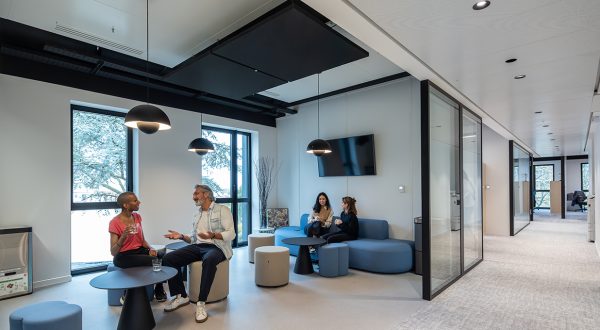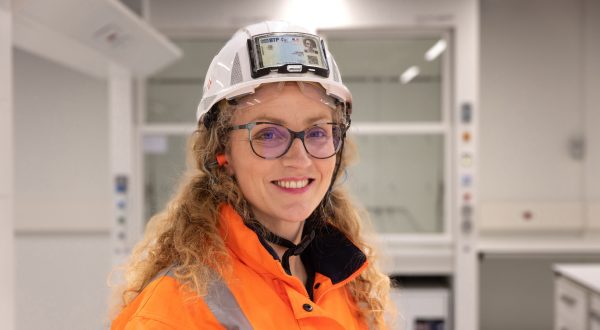The human being, the best performance guarantee
Reading time: 3 min
Neither the healthcare system nor healthcare facilities will succeed with their revolution if they do not manage to focus their objectives and their operational model on the human being.
![]()
Regardless of how hospitals are configured in the future and even if they meet the objectives set by the public authorities with respect to expanded outpatient services, they will have to contend with demographic change. INSEE, the French National Institute of Statistics and Economic Studies, reports that people over 75 will account for 12.2 % of the French population in 2030, up from 9.1 % today.
This will mean increasing numbers of ill and dependent people and caregivers. But it will also mean an increasing number of people working in the healthcare sector, which could account for 1.7 % of the labour force by 2030.
“The ability to focus the ecosystem on the human being is THE major challenge to be tackled”
Of course, these jobs will not be concentrated in hospitals. But they will be an integral part of the healthcare system and will have to meet all the requirements of responsible management. “The ability to focus the ecosystem on the human being is THE major challenge to be faced by all participants. Everyone, within his or her scope, must make it a priority,” says Philippe Caillère, Director at VINCI Energies Building Solutions Grand Ouest.
There have been many discussions and initiatives in recent months. One example is the “+ de vie” (more life) programme initiated by the Fondation Hôpitaux de Paris-Hôpitaux de France, which has already inspired 14,000 projects: restaurants, cafés, libraries, exhibitions, concert halls, kitchen gardens, and even interior streets within the healthcare facilities.
The promise of innovation
Digital technologies and algorithms harbour a risk of dehumanisation but they also offer unprecedented opportunities for providing patient comfort, preventing drudgery for healthcare personnel, and boosting the performance of the healthcare system as a whole.
Technologies have major potential. For example, VINCI Energies has just designed a connected headboard for beds that is equipped with a movement sensor. The innovation was initiated following a discussion with the Normandy regional healthcare agency about ways to limit stress for healthcare personnel, improve their working conditions, and reassure the families of patients.
The system is easy to install. It provides a diagnosis of patient behaviour and sounds an immediate alarm if the patient falls. “This system can limit the frequency of rounds during the night shift, enable personnel to more efficiently respond to sometimes inadvertent patient calls, and ensure a rapid response when needed,” says Philippe Callière.
The innovation was first tested in a retirement home, and can also be used in maternity clinics and hospitals. It is just one example of how artificial intelligence can boost quality of service in healthcare facilities. Several studies have reached similar findings that the combination of artificial intelligence and human personnel delivers results that are more reliable than either one used alone.


